Awareness through movement
Connection between posture and wellbeing
The Feldenkrais Method is a body-based form of treatment to improve movement and posture from the ground up.
Wiebke Schmidt
Moving is a matter of life for most people. Most movements happen automatically. From the moment we are born, our brains learn by perceiving audiovisual signals from our environment. These perceptions are passed on to the nervous system and the body.
This is how we learn to move.
However, there can be reasons for faulty postures and damaging movement patterns, e.g. serious operations, malformations, accidents, inflammation or even mental illnesses.
Other reasons for a disturbance in the harmony of movement are bad movement habits. Too many hours are spent motionless or in a bad posture in front of a computer or television. Changing position often makes you get up with stiff and aching joints.
Pain as a warning signal
Over the years, more and more negative movement patterns creep into our everyday lives. At first, they may go unnoticed, are considered of little concern, and are later accepted as age-related changes. Only many years later do we become aware of these changes through pain.
These bad movement habits can cause damage to physical structures, such as tendonitis, vertebral blockages or herniated discs.
The Israeli scientist Dr Moshé Feldenkrais began researching the connection between posture and well-being in the 1940s. He recognised that body and mind form an inseparable unit. This unity is capable of learning throughout life.
With this method, also named after him, self-awareness is learned. Basic movement sequences are improved, and athletes and dancers, for example, can achieve greater flexibility. In fact, musicians worldwide take Feldenkrais lessons to improve their performance, while many people with physical ailments feel pain-free through regular participation.
The basic movements are beneficial for all ages.
Feldenkrais developed a method that includes two different techniques - Functional Integration (FI) and Awareness Through Movement (ATM).
FI takes place through individual work. Patterns and habits of movement are examined. Communication is through the hands of a Feldenkrais teacher. These are gentle touches that are received through the nervous system.
ATM is the verbalised form of FI. Here, work can be done with several people at once. The lessons can take place together in a room as well as online. Unlike well-known movement training, Feldenkrais lessons are decelerated. In the subtlety and slowness of the individual movement sequences lies a great opportunity for our nervous system not only to test the flexibility of our brain but also to promote it.
New connections
During the gentle movements, we discover how parts of our body move. Through discovery and perception, new connections are formed in the brain and we learn new beneficial movement sequences and patterns without having to constantly repeat them.
The Feldenkrais teacher teaches the movement sequences to several clients via a conference call. The movement sequences are based on everyday functions such as bending, stretching, twisting, rolling, sitting, standing, walking, breathing and many more.
Unlike Pilates or similar movement methods, learning with Feldenkrais does not involve effort, but rather feeling and perceiving. During the lessons, which are performed slowly, only part of the muscles are active, and the rest remain relaxed. In the process, the learner discovers unnecessary movements, can stop them and thus create new movement patterns.
Endless repetitions are not necessary, as our nervous system learns and retains faster, better and more persistently when the movements are handled gently and playfully.
Windhoek-based Martina Schwardmann is a trained Feldenkrais teacher. The equestrian and former dancer came to Feldenkrais through the education of young horses. Schwartmann educated the animals according to the Tellington method, which is based on Feldenkrais.
For more info, visit the Feldenkrais in Namibia Facebook page.
Moving is a matter of life for most people. Most movements happen automatically. From the moment we are born, our brains learn by perceiving audiovisual signals from our environment. These perceptions are passed on to the nervous system and the body.
This is how we learn to move.
However, there can be reasons for faulty postures and damaging movement patterns, e.g. serious operations, malformations, accidents, inflammation or even mental illnesses.
Other reasons for a disturbance in the harmony of movement are bad movement habits. Too many hours are spent motionless or in a bad posture in front of a computer or television. Changing position often makes you get up with stiff and aching joints.
Pain as a warning signal
Over the years, more and more negative movement patterns creep into our everyday lives. At first, they may go unnoticed, are considered of little concern, and are later accepted as age-related changes. Only many years later do we become aware of these changes through pain.
These bad movement habits can cause damage to physical structures, such as tendonitis, vertebral blockages or herniated discs.
The Israeli scientist Dr Moshé Feldenkrais began researching the connection between posture and well-being in the 1940s. He recognised that body and mind form an inseparable unit. This unity is capable of learning throughout life.
With this method, also named after him, self-awareness is learned. Basic movement sequences are improved, and athletes and dancers, for example, can achieve greater flexibility. In fact, musicians worldwide take Feldenkrais lessons to improve their performance, while many people with physical ailments feel pain-free through regular participation.
The basic movements are beneficial for all ages.
Feldenkrais developed a method that includes two different techniques - Functional Integration (FI) and Awareness Through Movement (ATM).
FI takes place through individual work. Patterns and habits of movement are examined. Communication is through the hands of a Feldenkrais teacher. These are gentle touches that are received through the nervous system.
ATM is the verbalised form of FI. Here, work can be done with several people at once. The lessons can take place together in a room as well as online. Unlike well-known movement training, Feldenkrais lessons are decelerated. In the subtlety and slowness of the individual movement sequences lies a great opportunity for our nervous system not only to test the flexibility of our brain but also to promote it.
New connections
During the gentle movements, we discover how parts of our body move. Through discovery and perception, new connections are formed in the brain and we learn new beneficial movement sequences and patterns without having to constantly repeat them.
The Feldenkrais teacher teaches the movement sequences to several clients via a conference call. The movement sequences are based on everyday functions such as bending, stretching, twisting, rolling, sitting, standing, walking, breathing and many more.
Unlike Pilates or similar movement methods, learning with Feldenkrais does not involve effort, but rather feeling and perceiving. During the lessons, which are performed slowly, only part of the muscles are active, and the rest remain relaxed. In the process, the learner discovers unnecessary movements, can stop them and thus create new movement patterns.
Endless repetitions are not necessary, as our nervous system learns and retains faster, better and more persistently when the movements are handled gently and playfully.
Windhoek-based Martina Schwardmann is a trained Feldenkrais teacher. The equestrian and former dancer came to Feldenkrais through the education of young horses. Schwartmann educated the animals according to the Tellington method, which is based on Feldenkrais.
For more info, visit the Feldenkrais in Namibia Facebook page.



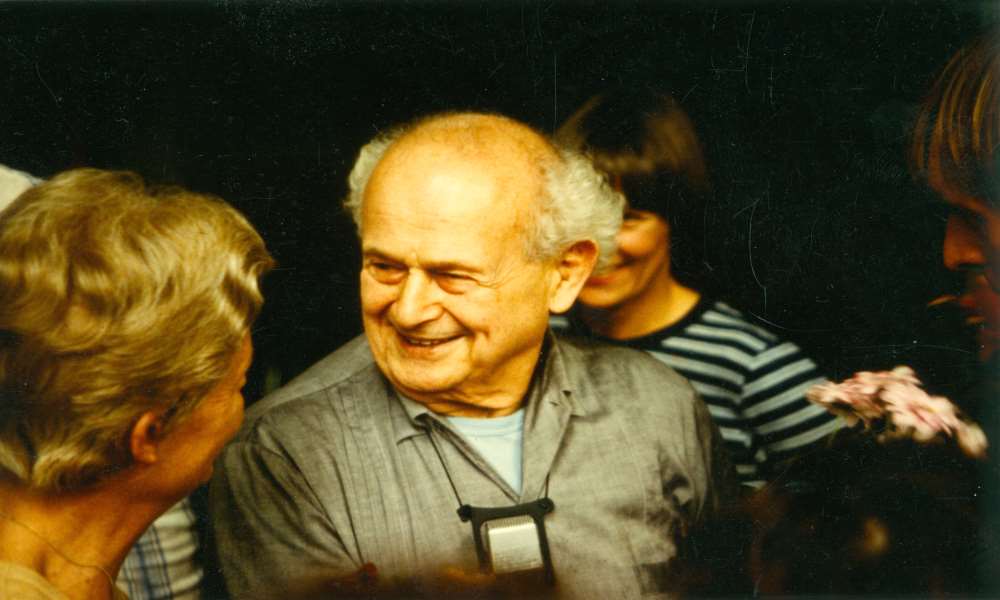
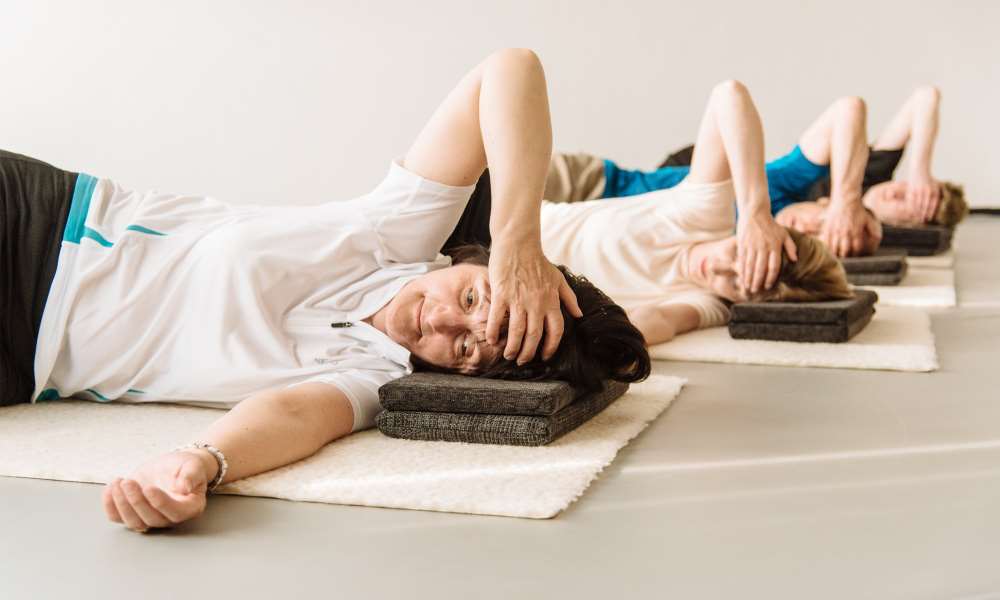
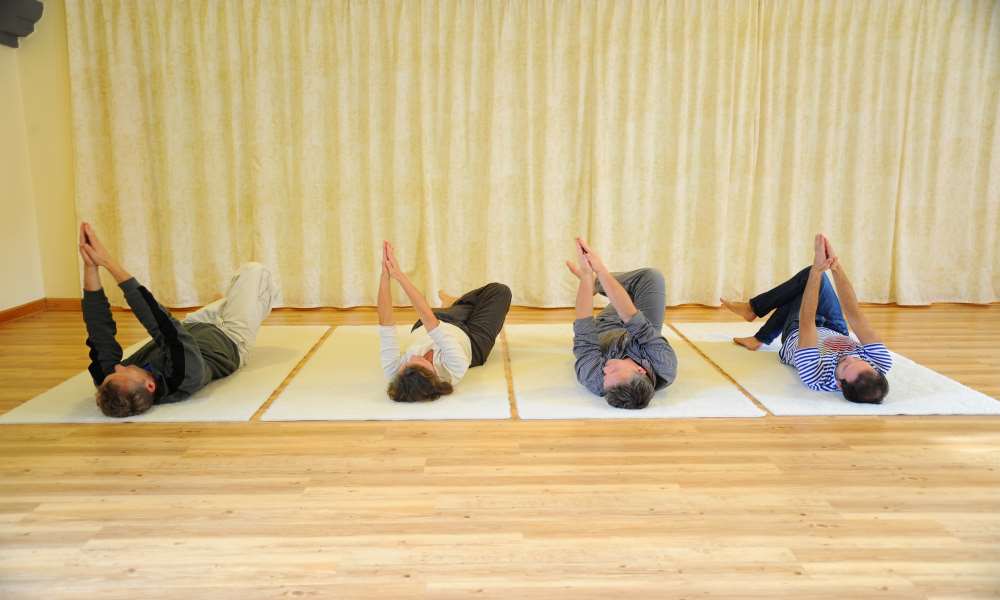
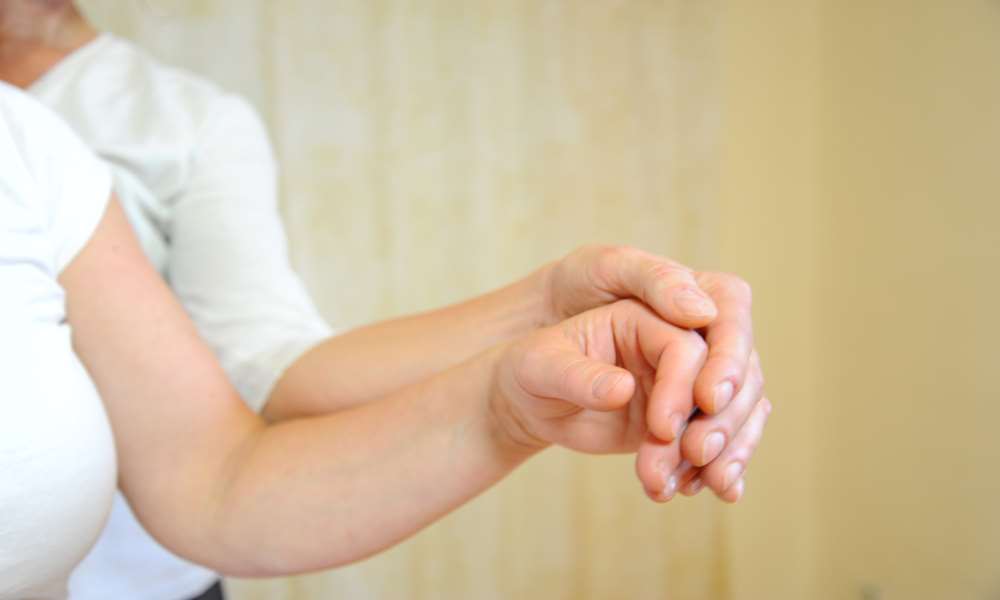
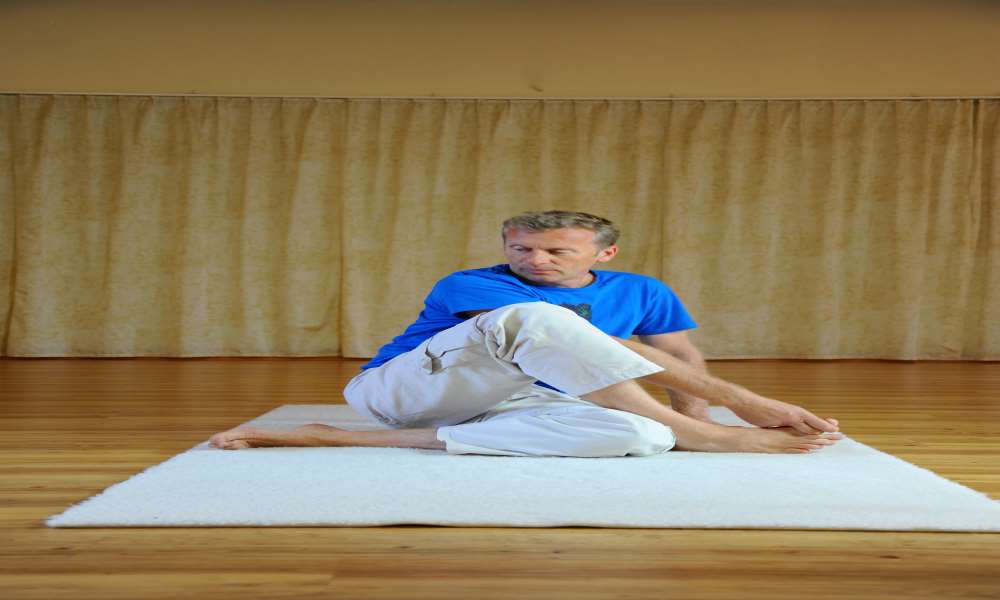

Comments
Namibian Sun
No comments have been left on this article